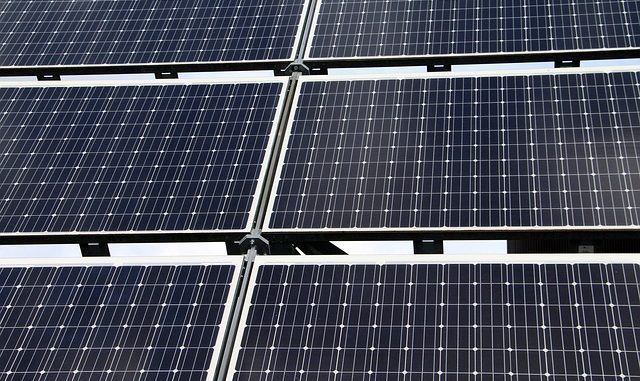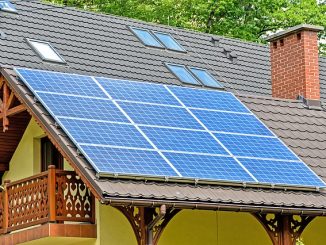
Last April, France promulgated a regulation in favor of shared self-consumption, that is to say the shared consumption of a production from a renewable source by a community of consumers.
Will this regulation, which is a pioneer today, appear as a turning point in the French energy transition? Will it be determinant or will it generate micro-earthquakes to prevent?
Shared self-consumption falls under several current trends:
– A shared vision of self-consumption as a positive and inevitable evolution of the integration of small renewable generation facilities.
– A quest for consumer independence from monopolistic bodies such as energy suppliers.
– A part of the economy of sharing that gains the world of energy
– The emergence of Blockchain technologies, and the associated buzz, to enhance disintermediated transactions.
In several countries, I have seen the expression of a desire to share the benefits of decentralized production inside communities. These demands clearly segregate energy providers adopting a defensive attitude to protect their endangered revenues and suppliers keen to meet these demands in order to maintain a position and image as an energy partner at all times.
In France, suppliers do not have to position themselves. The regulator has set a framework. This concerns installations of less than 100kW, ie the communities of a maximum of 30 individual producers.
Beyond the positive sign in favor of making the market more open and more dynamic, without being able to predict the associated consequences, I note a few points of attention concerning this regulation:
– The storage units included in the perimeter of these communities are considered either as production units when they provide the stored energy back or as consumption units when they store energy. Storage is therefore considered as a participant and not as an additional vector of value for the participants. This will not be support a massive development of storage within these communities.
– A high proportion of shared self-consumption may, in some cases, encourage over-consumption during production period, especially if it is not welcome to store.
– To optimize self-consumption rates, investors will be tempted to under-size their facilities, which is not in line with a maximized development of renewable energy.
– From a symbolic point of view, this measure may reinforce the current devaluation of the image of energy companies because it endorses the idea that energy transition can be achieved without them.
– Finally, the electricity grid operator may be the promoter or the instigator of this self-consumption. It thus deprives suppliers of a pro-active attitude and services offering to accompany this shared self-consumption. Suppressing levers of differentiation for energy suppliers and the means of appearing as the specialists of an area which, nevertheless, will always need them, is a way of confining them to a position that is past and probably threatening for their future.
It is probably the last point raised that seems to me the most structuring as the proactive positioning of energy suppliers seems to me essential for a sustainable energy transition.



Leave a Reply